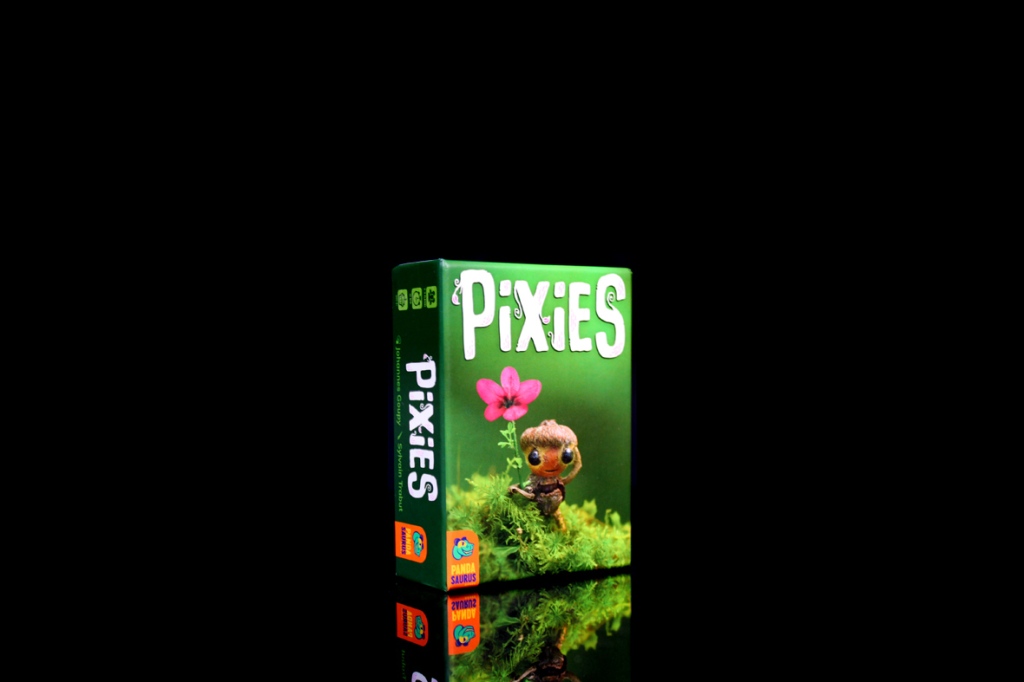
Base price: $15.
2 – 5 players.
Play time: ~30 minutes.
BGG Link
Buy on Amazon (via What’s Eric Playing?)
Logged plays: 6
Full disclosure: A review copy of Pixies was provided by Pandasaurus Games.
I actually was going to get a lot more reviewing done, but I had a particularly intense weekend and so I slept all day instead. Put yourself first, y’all, and all things will follow, I suppose. Either way, it’s time for the storied late-night ritual that is me trying to get through as many reviews as possible before my generally tired aesthetic brings me back to sleep. It’s anyone’s game, folks, but we’ll do the best we can. Thankfully, this week I’ve got two fun titles for you, the first of which is Pixies! Let’s dive right in.
In Pixies, players find these little guys emerging from nature as the seasons pass. That might be cool or it might freak you out entirely. No way to know for sure. Over three rounds, collect numbered cards and place them face-up or face-down to build a high-scoring tableau that rewards collecting many cards of the same color and swirls and such. Just watch out! The cards you don’t end up drafting might be very valuable to your opponents. Can you balance the give and take to come away with a high score?
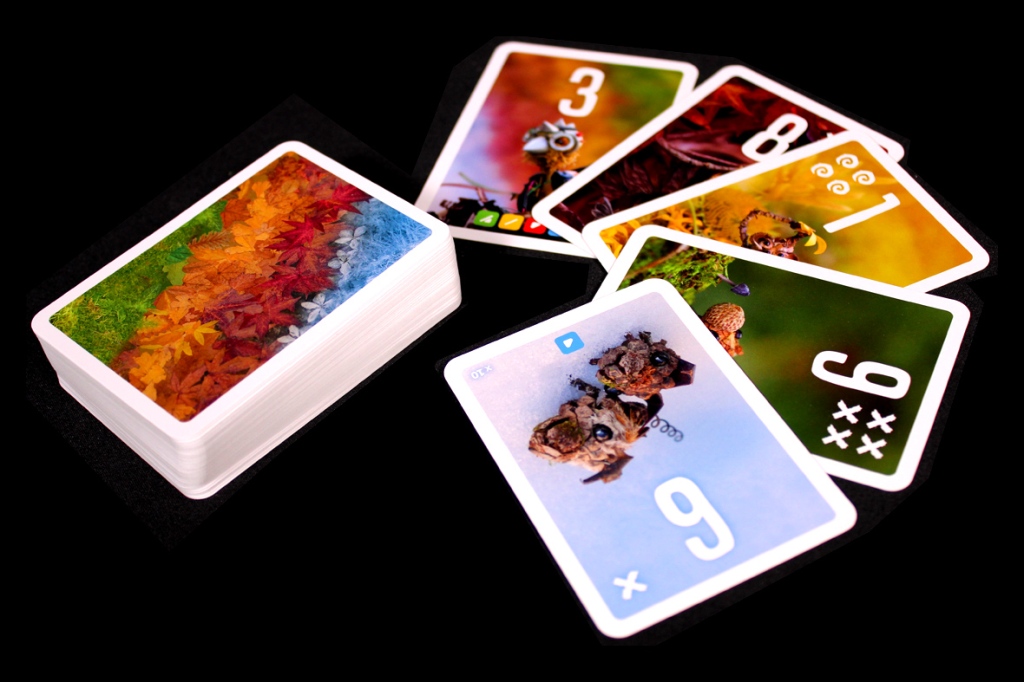
Contents
Player Count Differences
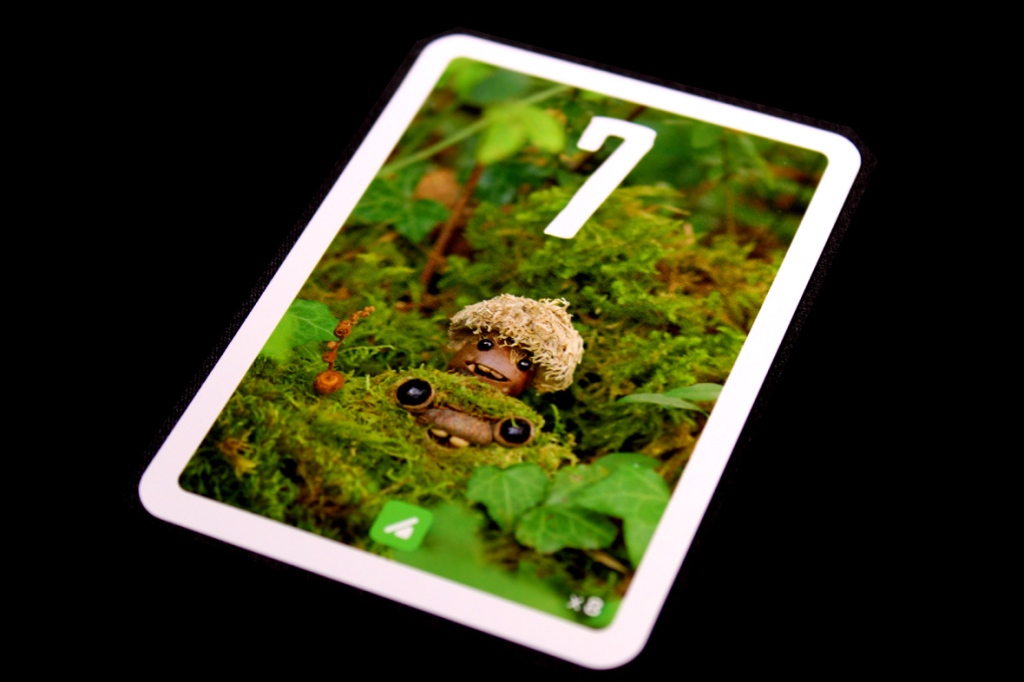
It’s the standard drafting game dilemma with this one. The more players you play with, the more cards that are readily available to be drafted. So you get a better pick of options if you go earlier in the player order, but you also end up with cards that nobody wants if you go later in the player order. It’s tough, but fair, I suppose. With two players, you draw four cards and alternate taking one until each player has taken two. Again, largely makes sense. Not everything has to be a major complex issue. As a result, though, there’s not much major gameplay differences as the player count changes, largely due to the lack of particularly intense player interaction. I think splitting the difference here is often not a bad idea since you get more option but not too many, so I tend to prefer 3 / 4 players.
Strategy
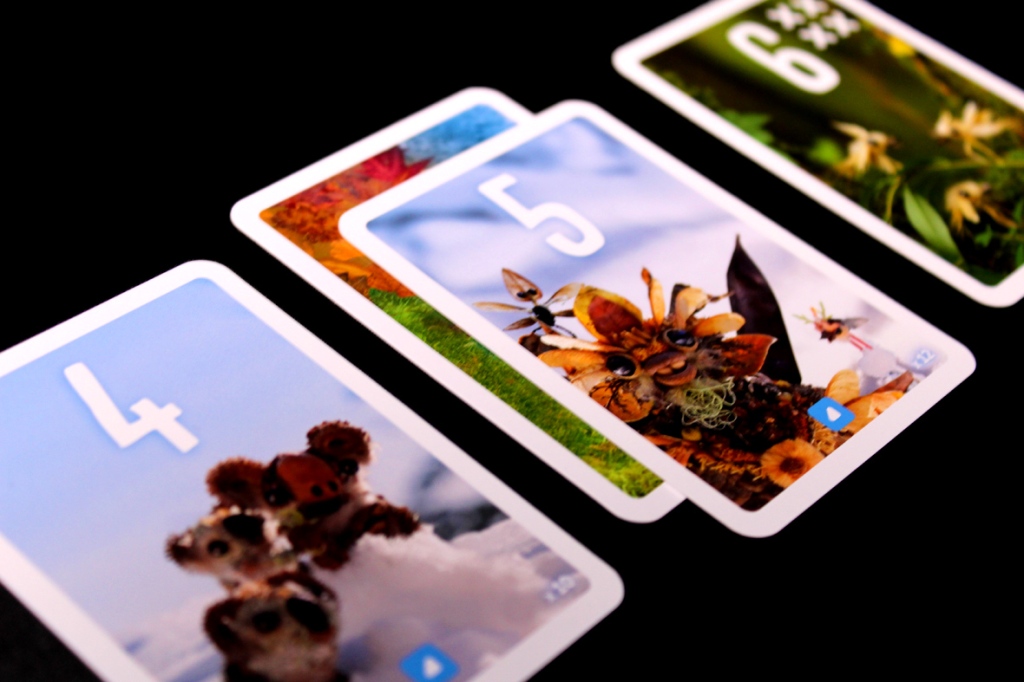
- Make sure you get face-down cards for 7 / 8 / 9, if you can. If you do, you’ll hopefully be able to place those numbers and get a lot of points.
- Focus on getting a lot of the same color. It’s worth more points in each round, so it becomes progressively a better and better idea.
- Something is better than nothing. If you’re caught between choosing a 9 with some penalties that will still score or a card that will just go face-up and score nothing, you’re better off taking the 9 since you’ll get more than zero points. It can sometimes be a bit unintuitive to take cards with penalties on them, but it’s still better to get something.
- Keep an eye on your opponents. It pays to know what cards they’re after, how they’re doing, and how close they are to ending the round. The more you know, the better idea you have of what to take and how to avoid giving your opponents great cards.
- Hate-drafting can be surprisingly effective, here. Often you can just burn a hate-drafted card by playing it face-down (if you’ve already got a face-up card with that number), so your opponent never gets it and it doesn’t necessarily hurt you.
- Sometimes you don’t want to end the round. If you have a bunch of face-down cards and no face-up ones, you’re probably not feeling ending the round with a big 0 (or something close / equivalent). Keep going! Maybe you can earn more points.
- If you’re not sure who to hate-draft, pick the player with the most points. It’s only fair that they should have more trouble getting the cards they need if they already have a ton of points.
Pros, Mehs, and Cons
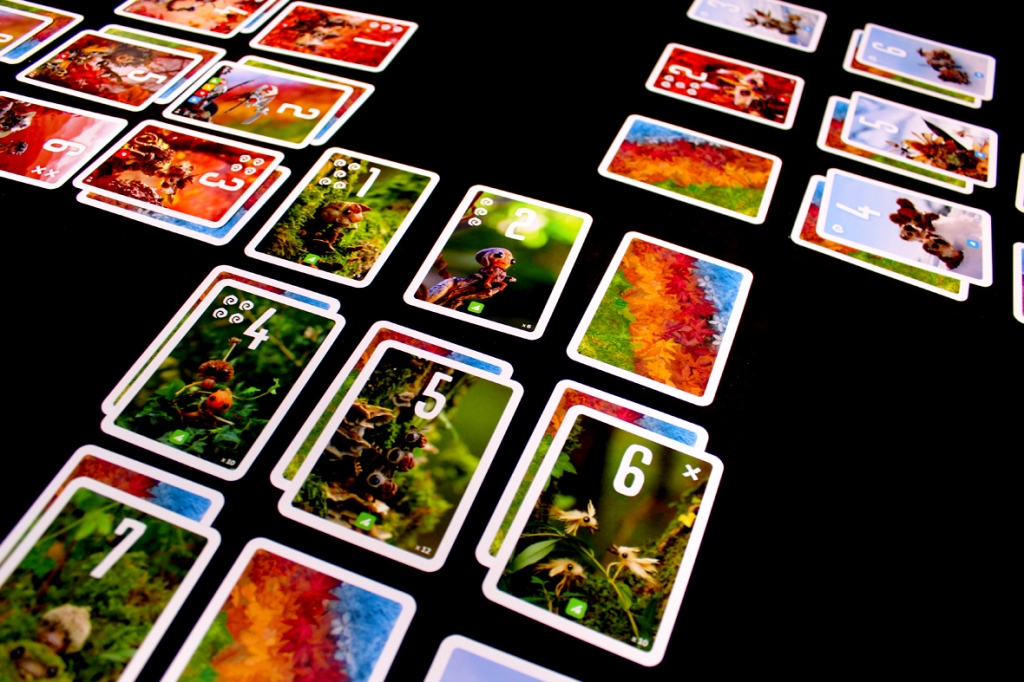
Pros
- Extremely portable; I love these tiny boxes. It’s just fun to go places with a ton of tiny boxes in a bag of some kind. It’s nice to have a bunch of options.
- The art is super intricate! Very good-looking game. Bombyx has been doing this for a while now and I’m glad that Pandasaurus is bringing their games over. They’re all really visually striking.
- I appreciate that they’ve got a multi-game system for double-coding card color. It’s simple, clever, and consistent, which is all you’d want from an accessibility system.
- Very simple to set up and play. You shuffle the deck and you’re ready to go; can’t complain.
- Pretty easy to score, as well. It’s mostly validated cards (cards on top of face-down cards), then add the swirls and subtract the crosses, then points per connected card of the same color of your largest color. It would still help to have a place to write all this down, but it’s pretty straightforward.
- A nice introduction to drafting. Pixies is pretty much pure drafting with a little bit of tableau-building, so it’s easy to get into it without much trouble.
Mehs
- I guess you’re supposed to make copies of the score sheet from the rulebook? It’s kind of odd that we didn’t get any extra score sheets with the game itself. Probably a cost-cutting thing, I guess?
Cons
- I think compared to a game like Sea Salt & Paper, Pixies loses something in that it lacks much direct player interaction. It’s simpler to learn, for sure, but I think having some element of player interaction beyond just taking a card that somebody else wanted would help the game feel more dynamic. As it is, you’re largely just drafting cards and occasionally factoring in how your choices affect your opponents.
Overall: 7.25 / 10
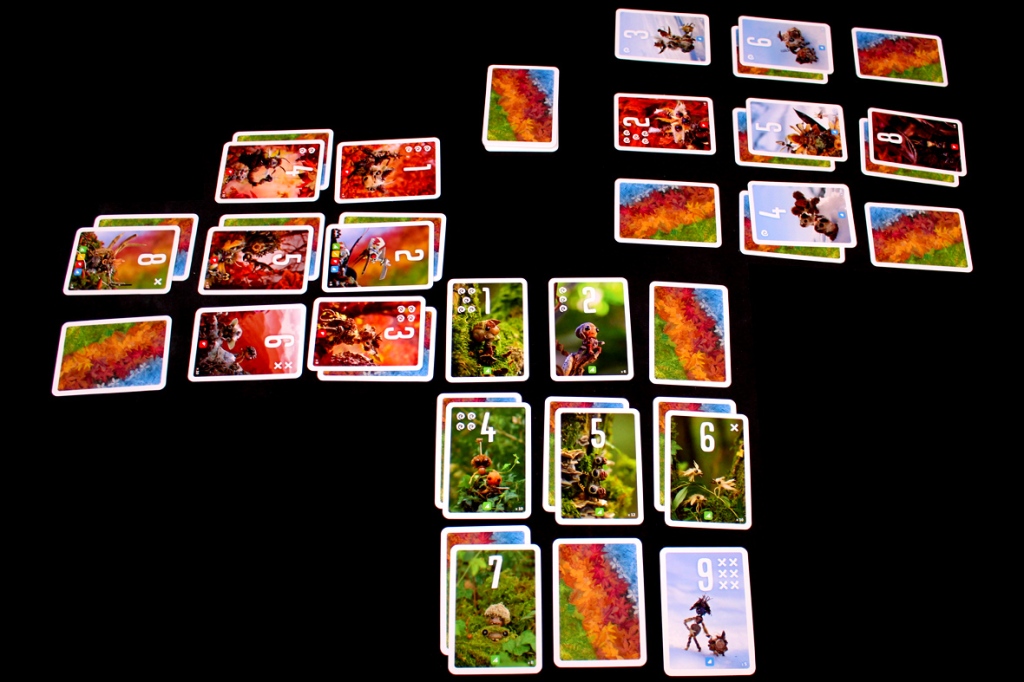
Overall, Pixies is a pleasant little card game. I think it appeals most to players who are looking for something simple that they can play with just about anybody while still getting the visual appeal that’s been defining some of the smaller-box Bombyx games of the past few years. Pandasaurus has been slowly making a name for themselves on the US import side of things (having had a lot of success with SS&P, Castle Combo, and Faraway imports in the last few years, among other titles), so continuing to bring these games stateside seems to be well within the cards for them as well. If it sells it sells, and it seems to be selling. I think my major gripe with Pixies is that I would have liked to see some element of novel player interaction. Drafting cards and taking them from your opponents isn’t bad, but pixies are, from my reading, a little bit more capricious, so I would have enjoyed seeing that reflected in the gameplay somehow. That does open the game up to more complexity, as well, so that might just not have been the design direction they wanted to go in, but it feels like something is missing, at times. That said, the rest of the game is solid and streamlined. Quick setup, quick teach, and quick play, all coming together very nicely. If you’re looking for that kind of low-key drafting game, you enjoy games with good art, or you just want more portable games for your collection, you might enjoy Pixies! I’ve had fun with it.
If you enjoyed this review and would like to support What’s Eric Playing? in the future, please check out my Patreon. Thanks for reading!